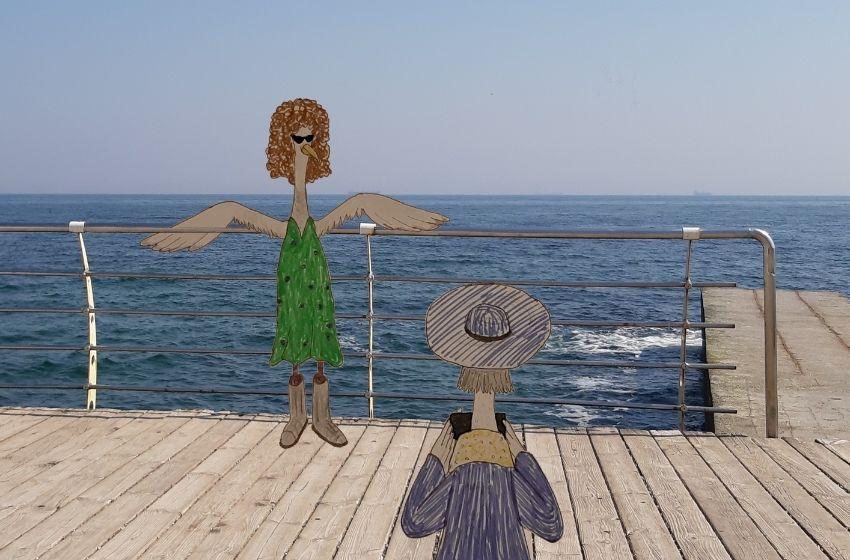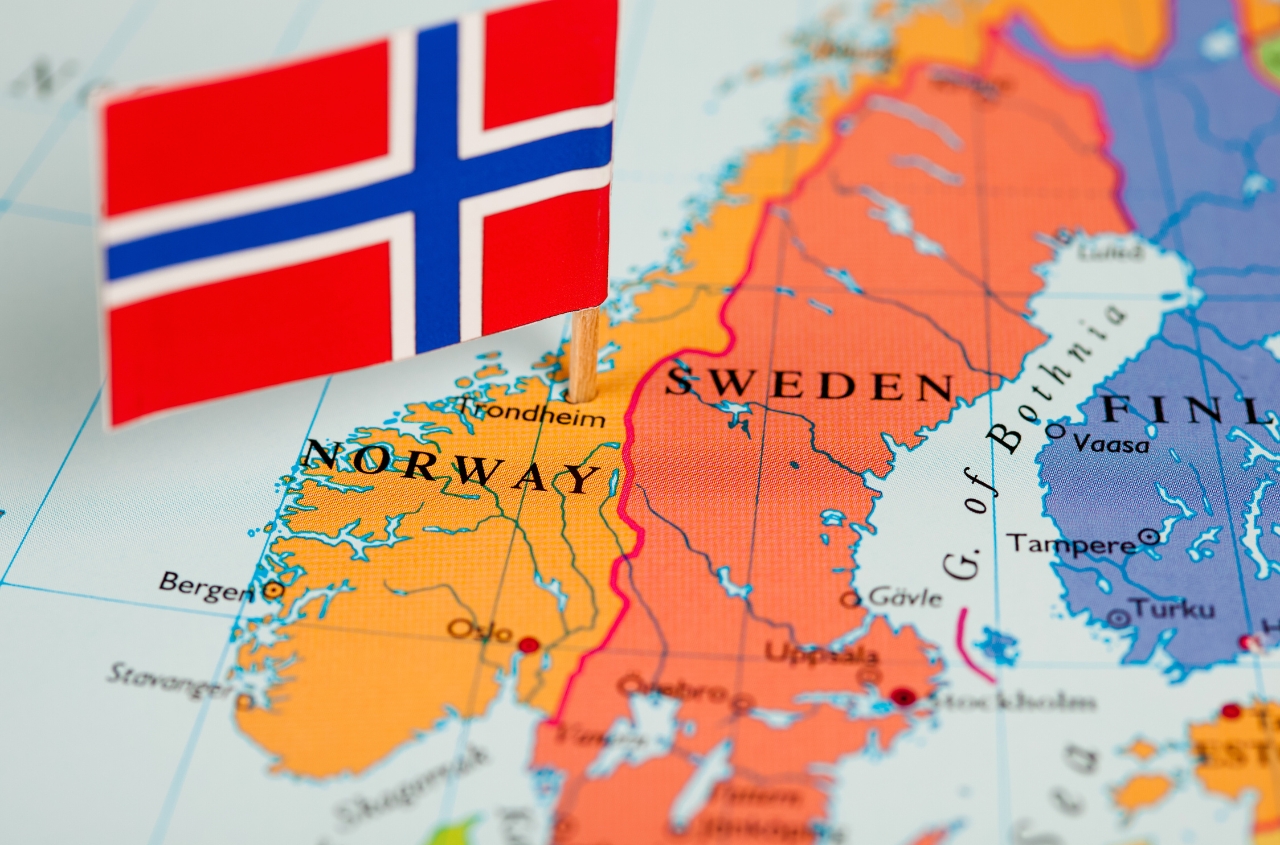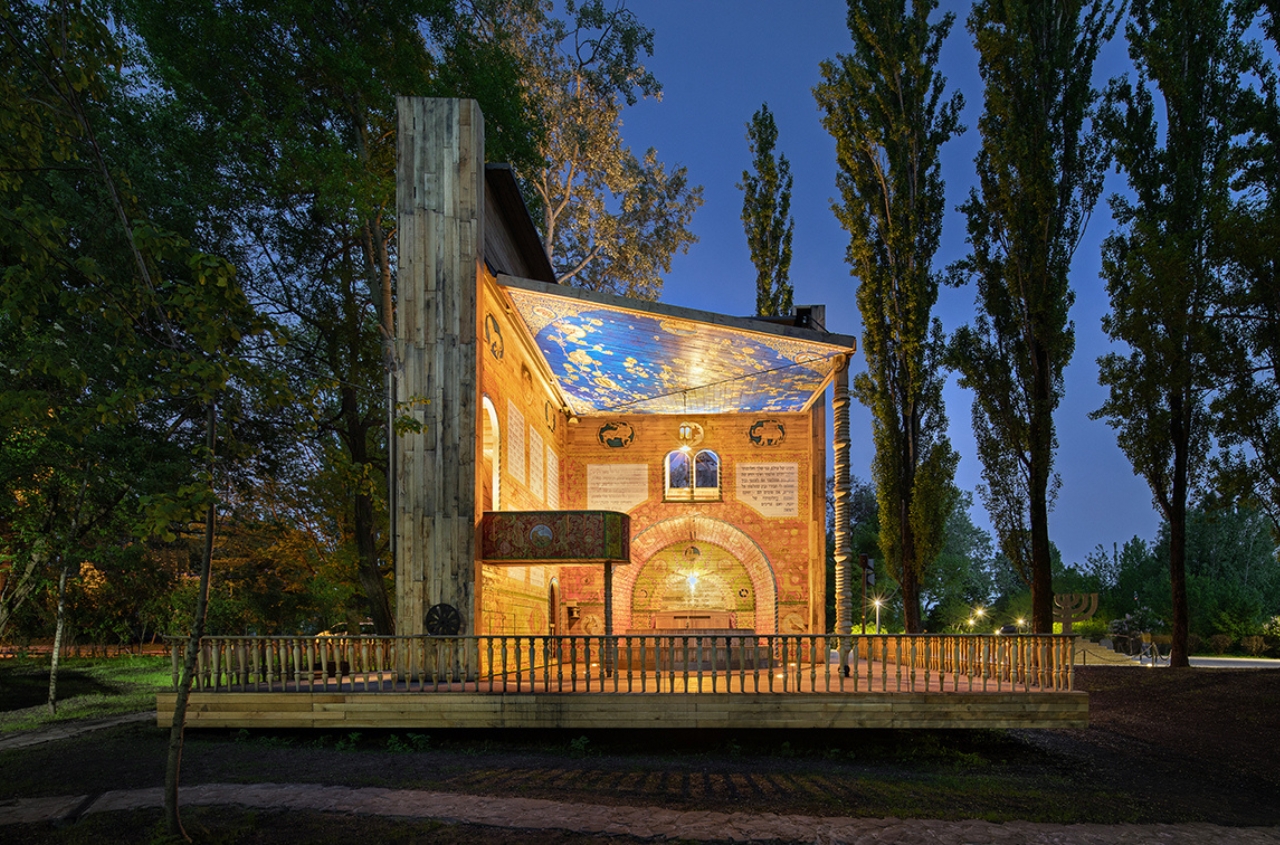A tale by the American writer Robert Austin
Odessa is a special place, and famous for many things, but it also has its secrets that only locals know. One of Odessa’s best kept secrets is that there is a species of bird that lives only here. This bird is rarely seen because it has a very unusual habit: it wears a disguise so that it looks like a person. Because of this habit, it’s known as the "costume bird".
The costume bird (Aves Masqueradus) was once common all along the Northern coast of the Black Sea, but because of habitat loss the only surviving population is in Odessa itself. It is a large bird, with an adult weighing between 1 and 7 kilos and standing up to 50 cm tall. They can have white, brown or grey feathers, and are usually seen wearing small hats, glasses, jackets, wigs and sometimes fake moustaches. The female of the species usually wears a long, colourful dress of some sort, often a ball gown, but sometimes a simple but elegant cotton sundress.
The existence of these wonderful birds has been documented from the very beginning of the city. In a report written immediately after Russian forces conquered the Ottoman fortress Khadjibey (the predecessor to the city of Odessa), the following incident was recorded:
Our soldiers spotted a group of Ottoman sailors standing on the beach. When we approached them, the Ottomans began to shriek loudly and flap their wings, then flew away. They left behind their tiny hats and jackets.
Another early mention of the bird was in the diary of Pushkin himself. In 1823, while living in the city, he wrote of seeing a stunning young woman walking along the street. He wrote that she wore a blue dress with a string of pearls and a large hat. He followed her from a distance, trying to build up the courage to introduce himself, when a gust of wind blew her hat off. He immediately realised that she was not a woman at all, but a bird in disguise. He stopped following her, but some scholars think that this incident may have inspired one of his famous love poems.
Very little has been published in the scientific literature about Aves Masqueradus, but one local ornithologist, Natasha Ptitsovna, was able to provide some insight into the bird’s curious behaviour.
The costumes of the costume bird serve two purposes. First, just as a zebra’s stripes or a leopard’s spots help them to hide in the tall grass of the savannah, the costume bird’s clothes are the perfect camouflage for it to disappear into a crowd on Deribasovskaya Street. Secondly, they are a very social species. They like to dress up nice, go out in public, to see and be seen. While studying them, I’ve regularly caught costume birds admiring their own reflections in a store window. They look good, and they know it.

Some costume birds are so successful at pretending to be human that they have been able to build careers in fields not traditionally open to birds. The most notable example was “Товарищ Чайка†(“Comrade Gullâ€), who was an important figure in the early years of the Soviet Union. He left Odessa for Moscow and became famous for his radical ideas about redistributing food at beach picnics. Eventually, other high-ranking members of the Communist Party discovered that he was actually a bird in disguise. To avoid embarrassment, they exiled him to Siberia and tried to purge him from the historical record, even going so far as to edit him out of official government photographs.

Although it can be difficult to identify a costume bird at a glance, with careful observation they can be recognized. “Costume birds may look like people,†Natasha Ptitsovna explained, “but they're still birds, and they behave in ways that people don’t. For example, sometimes they will fly away. That’s a sure sign it was a costume bird and not a real person.â€
So, next time you’re walking the streets of Odessa, keep a sharp eye out for our special, local feathered friend. If you see a well-dressed man running away from a cat, or an elegant lady eating a french fry off the sidewalk, look closer: it might be a costume bird!


















